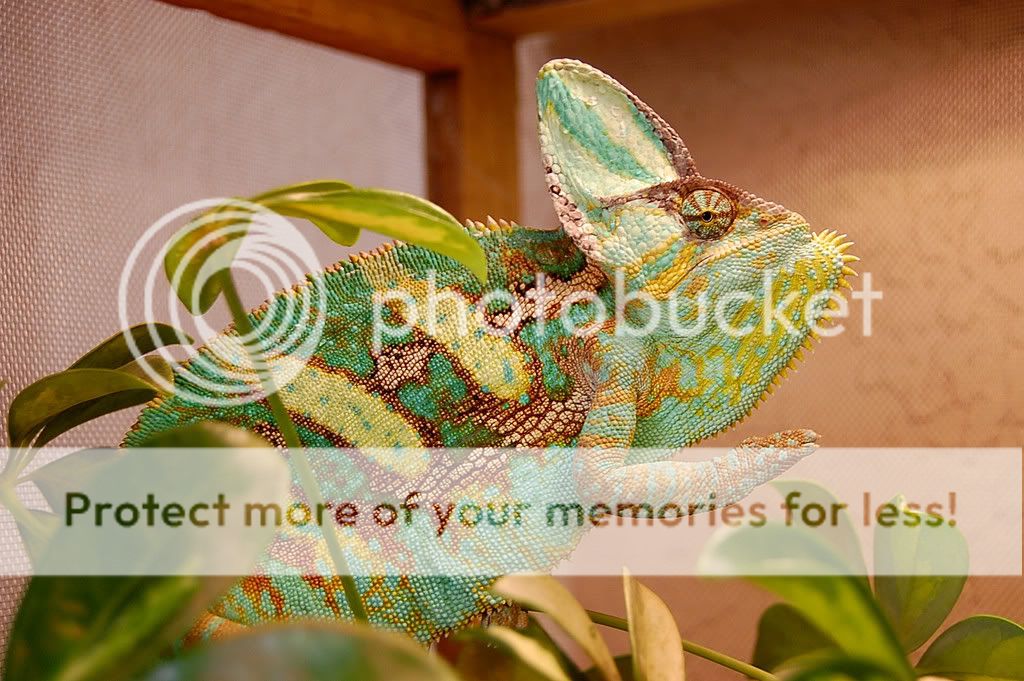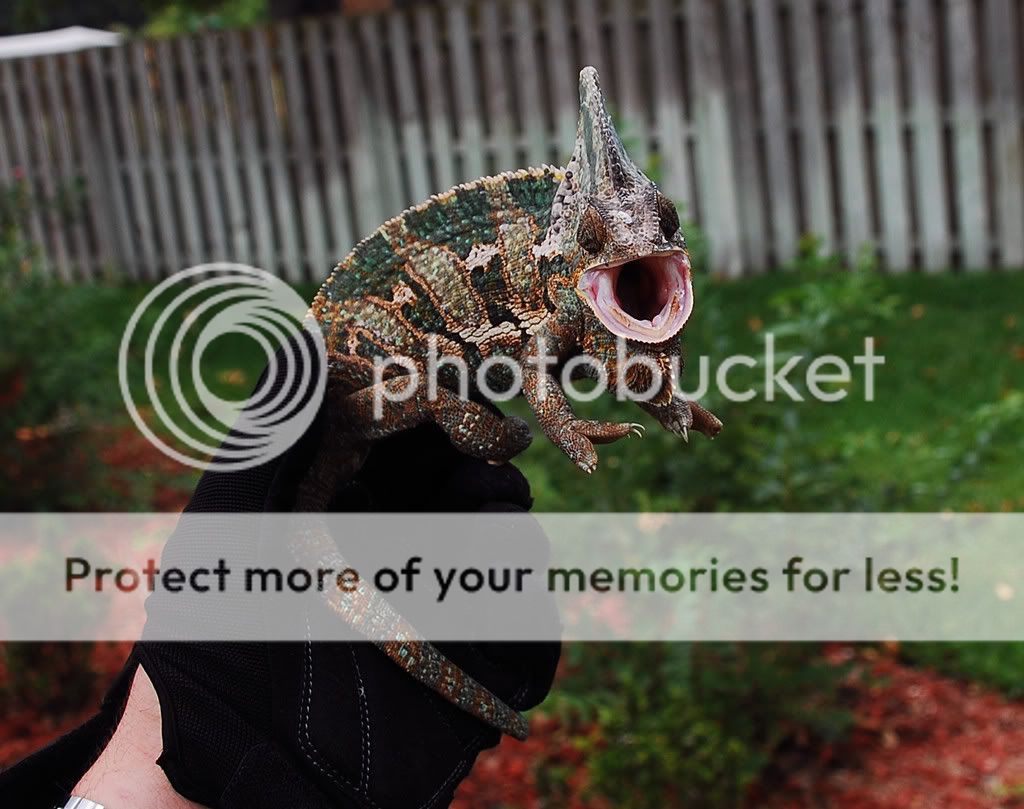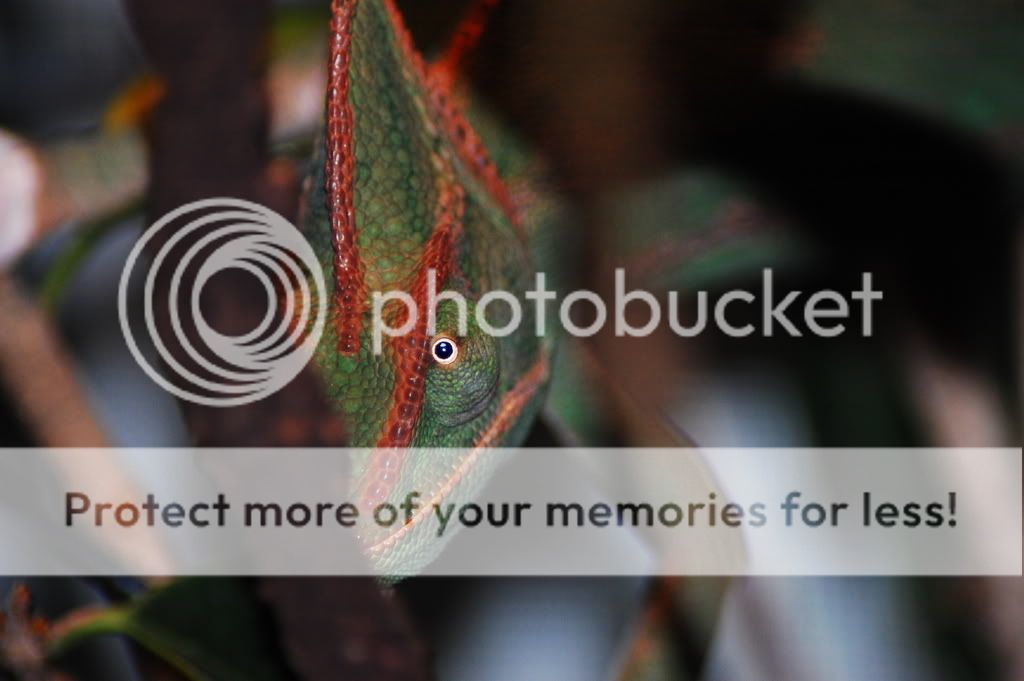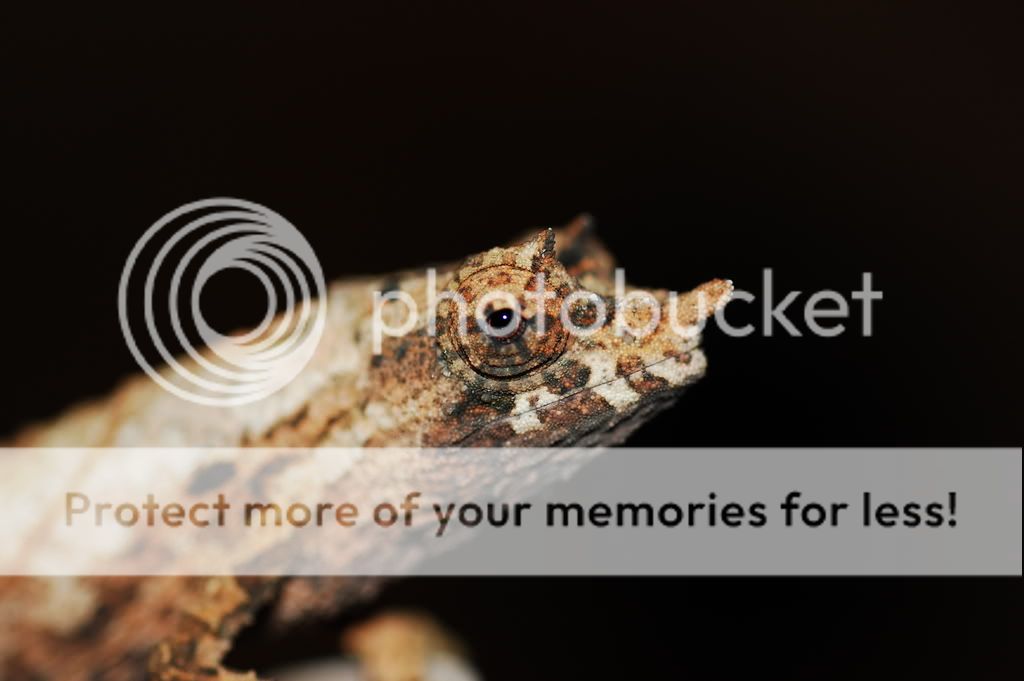Justin Carl
Avid Member
Hello everyone!
Let me begin this thread by saying I have way to many hobbies.
ATV's, fishing, chameleons, and now cameras! None of them are cheap by the way.
Camera's are slowly taking over my spending money.
I keep finding out the hardway what lenses not to buy, and I'm reaching out for help.
My first mistake was trading in my 18-55 kit lens for something more "versatile".
I ended up getting a 18-135, but it dosent close focus and respond like my 18-55.
The 18-135 is a great lens if your taking pictures further then 5 feet, but not good for chameleons.
I also bought a 70-300 Promaster, but it dosent have VR(vibration reduction).
Waste of money in my opinion.
My best choice buying a lens has been the 60mm macro, but it dosent autofocus on my D40.
It's really not a problem being a manual foucs because I have learned how to use it.
My latest buy was the SB400 flash, and that is a must buy for anyone with a Nikon SLR.
It's light weight, small, fast to recharge, and cheap at 115 bucks.
It's a perfect fit for my D40 becuase it adds to how a small camera can have a big punch.
I got to play with an autofocus 105mm macro the other day, and that sure was nice!
It was extremely fast and smooth focusing.
My real question for the guys and gals out there is...
What is the perfect lens for photographing you chameleons?
Let me begin this thread by saying I have way to many hobbies.
ATV's, fishing, chameleons, and now cameras! None of them are cheap by the way.
Camera's are slowly taking over my spending money.
I keep finding out the hardway what lenses not to buy, and I'm reaching out for help.
My first mistake was trading in my 18-55 kit lens for something more "versatile".
I ended up getting a 18-135, but it dosent close focus and respond like my 18-55.
The 18-135 is a great lens if your taking pictures further then 5 feet, but not good for chameleons.
I also bought a 70-300 Promaster, but it dosent have VR(vibration reduction).
Waste of money in my opinion.
My best choice buying a lens has been the 60mm macro, but it dosent autofocus on my D40.
It's really not a problem being a manual foucs because I have learned how to use it.
My latest buy was the SB400 flash, and that is a must buy for anyone with a Nikon SLR.
It's light weight, small, fast to recharge, and cheap at 115 bucks.
It's a perfect fit for my D40 becuase it adds to how a small camera can have a big punch.
I got to play with an autofocus 105mm macro the other day, and that sure was nice!
It was extremely fast and smooth focusing.
My real question for the guys and gals out there is...
What is the perfect lens for photographing you chameleons?
















